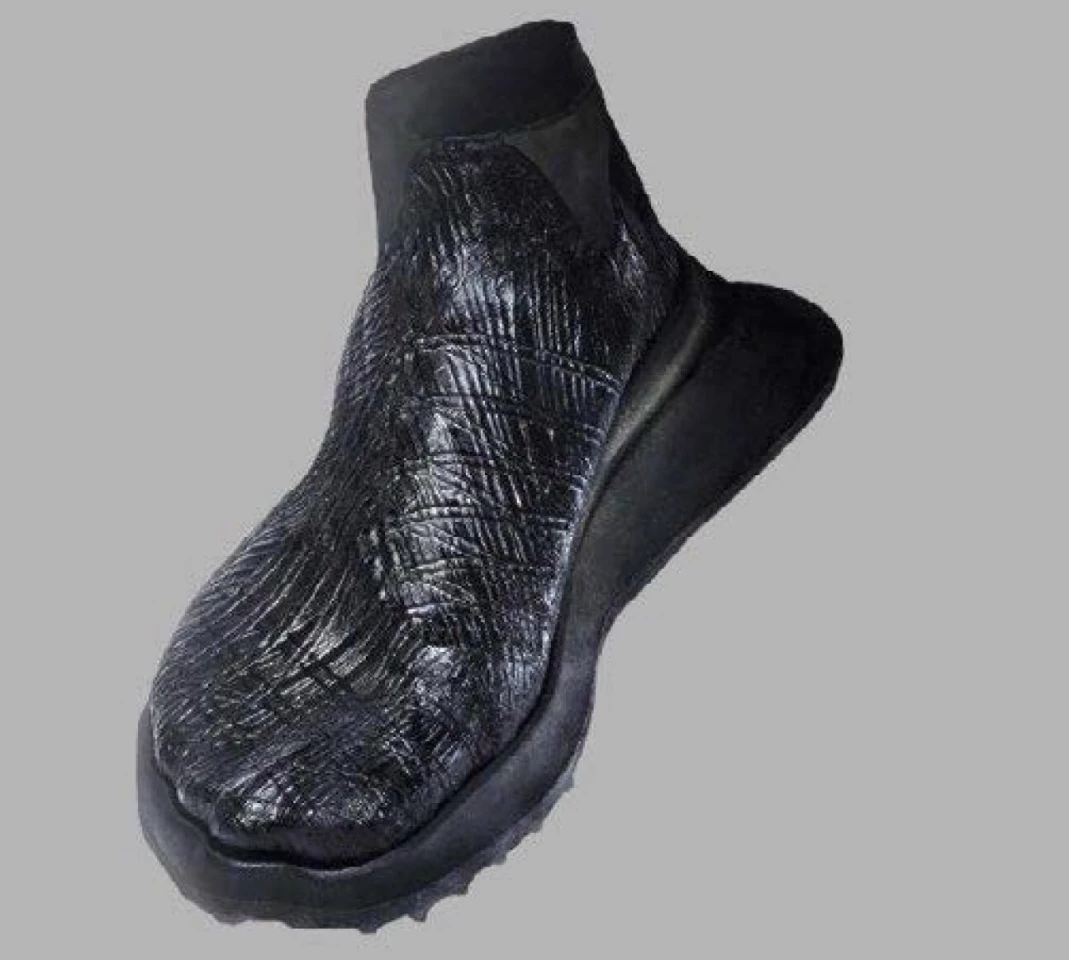Bacteria-produced leather is already an eco-friendly alternative to its cow-derived counterpart, but it could soon be even eco-friendlier. Scientists have derived a method of getting the microbes to color the stuff themselves, eliminating the need for toxic dyes.
The production of traditional cow leather – along with beef and milk – definitely doesn't have an entirely "green" footprint.
For one thing, vast amounts of the natural landscape must be cleared for pastureland and fields for growing cattle feed. For another, the concentrated feces and urine from feedlots are a major source of water pollution. Plus, on a global scale, cows produce a substantial amount of greenhouse gases when they burp.
The tanning of the leather is also problematic, as it consumes a great deal of water and produces a great deal of waste. Some of that waste takes the form of the toxic synthetic dyes used to color the material.
With such drawbacks in mind (along with ethical concerns), various groups have set about producing leather from sources such as lab-grown cow cells, mushrooms, silk and bacteria. In the case of the latter, special bacteria are coaxed into producing sheets of leathery "bacterial cellulose" (BC).
All of that being said, there's still the whole issue of finding a durable, economical, non-toxic alternative to the dyes. That's where the new study comes in.
Led by Prof. Tom Ellis and Dr. Kenneth Walker, scientists at Imperial College London produced a genetically engineered strain of Komagataeibacter rhaeticus bacteria, the regular version of which is already used for making BC. What sets the new strain apart is the fact that after the microbes have produced a sheet of BC, they then produce a black pigment called eumelanin.

The process involves first placing the bacteria in a growth medium, then leaving them for 14 days to produce a sheet of BC. Once they've done so, the growth medium is removed and replaced with a solution containing the reagents required for eumelanin synthesis.
Next, the BC is gently shaken for 48 hours at a temperature of 30 ºC (86 ºF). Doing so triggers the bacteria to produce the eumelanin, permanently coloring the material black. Finally, the BC is sterilized in an ethanol bath, soaked in a 5% glycerol solution, then placed on a mold and left to dry.
In tests performed so far, sheets of the material have been stitched together to form a wallet, plus a single sheet of it has been molded into the upper section of a shoe. What's more, a swatch of the black BC maintained its coloration after being worn as an "active demo" over a period of 42 months.
The scientists are now investigating methods of getting the bacteria to produce pigments of other colors. In fact, they have already engineered a different strain of the bacteria which produces colored pigments when exposed to blue light. This makes it possible to "dye" a logo or other design into a sheet of BC simply by projecting a pattern of blue light onto the material.
"Microbes are already directly addressing many of the problems of animal and plastic-based leather, and we plan to get them ready to expand into new colors, materials and maybe patterns too," said Ellis. "We look forward to working with the fashion industry to make the clothes we wear greener throughout the whole production line."
A paper on the research was recently published in the journal Nature Biotechnology.
Source: Imperial College London





